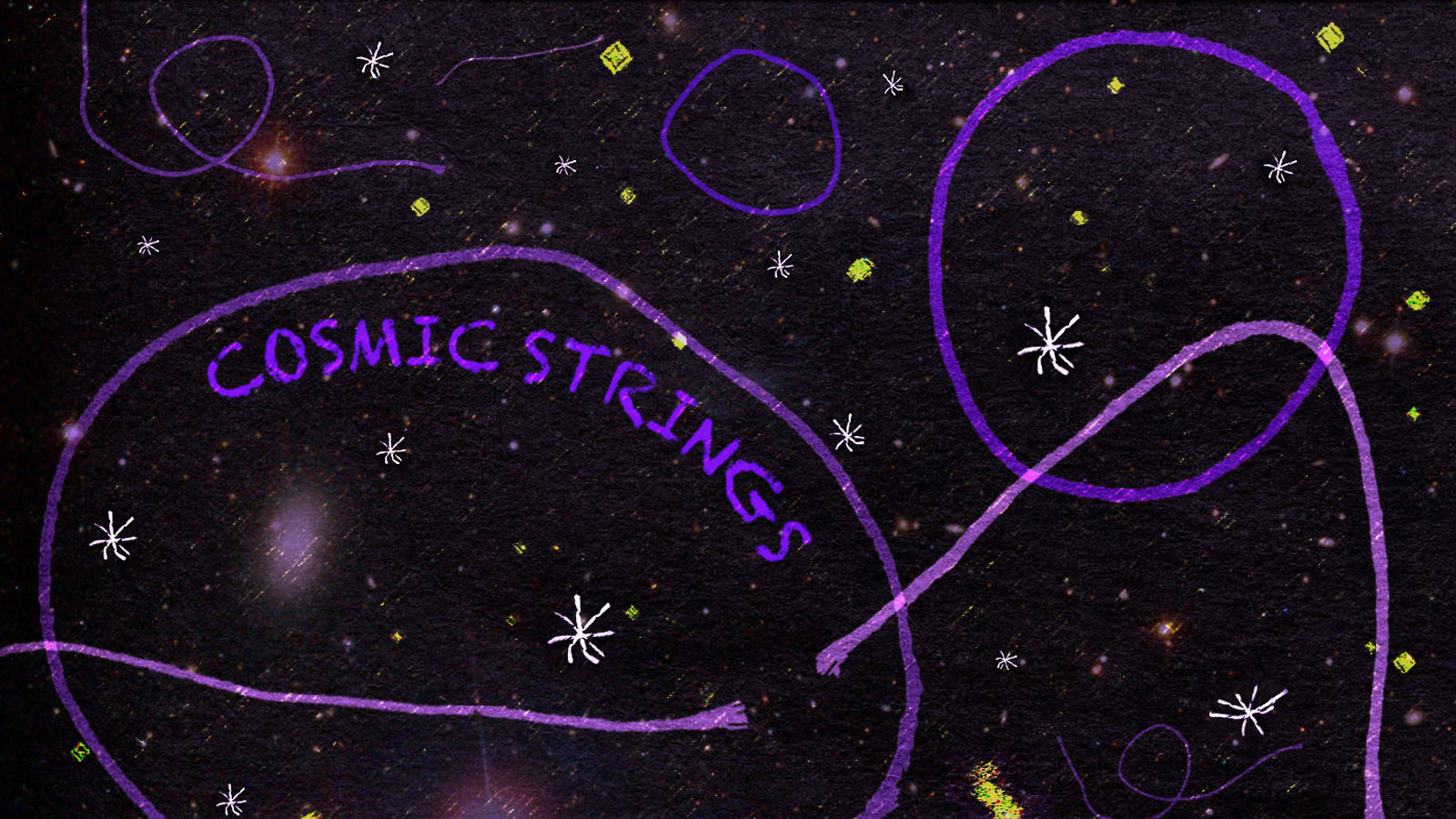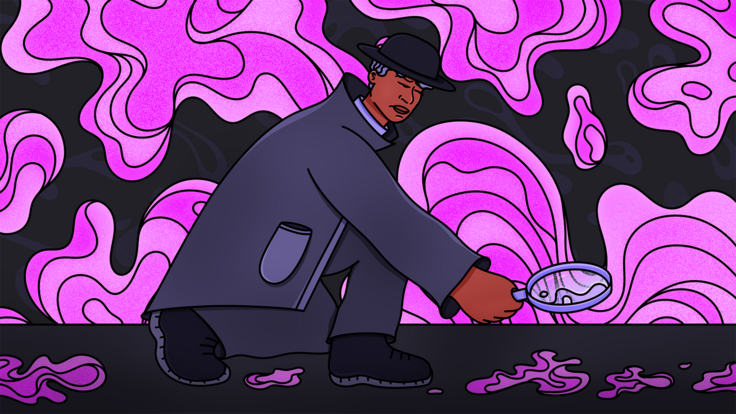Two theorists recently proposed a way to find evidence for an idea famous for being untestable: string theory. It involves looking for particles that were around 14 billion years ago, when a very tiny universe hit a growth spurt that used 15 billion times more energy than a collision in the Large Hadron Collider.
Scientists can’t crank the LHC up that high, not even close. But they could possibly observe evidence of these particles through cosmological studies, with the right technological advances.
Unknown particles
During inflation—the flash of hyperexpansion that happened 10-33 seconds after the big bang— particles were colliding with astronomical power. We see remnants of that time in tiny fluctuations in the haze of leftover energy called the cosmic microwave background.
Scientists might be able to find remnants of any prehistoric particles that were around during that time as well.
“If new particles existed during inflation, they can imprint a signature on the primordial fluctuations, which can be seen through specific patterns,” says theorist Juan Maldacena of the Institute for Advanced Study in Princeton, New Jersey.
Maldacena and his IAS collaborator, theorist Nima Arkani-Hamed, have used quantum field theory calculations to figure out what these patterns might look like. The pair presented their findings at an annual string theory conference held this year in Bengaluru, India, in June.
The probable, impossible string
String theory is frequently summed up by its basic tenet: that the fundamental units of matter are not particles. They are one-dimensional, vibrating strings of energy.
The theory’s purpose is to bridge a mathematic conflict between quantum mechanics and Einstein’s theory of general relativity. Inside a black hole, for example, quantum mechanics dictates that gravity is impossible. Any attempt to adjust one theory to fit the other causes the whole delicate system to collapse. Instead of trying to do this, string theory creates a new mathematical framework in which both theories are natural results. Out of this framework emerges an astonishingly elegant way to unify the forces of nature, along with a correct qualitative description of all known elementary particles.
As a system of mathematics, string theory makes a tremendous number of predictions. Testable predictions? None so far.
Strings are thought to be the smallest objects in the universe, and computing their effects on the relatively enormous scales of particle physics experiments is no easy task. String theorists predict that new particles exist, but they cannot compute their masses.
To exacerbate the problem, string theory can describe a variety of universes that differ by numbers of forces, particles or dimensions. Predictions at accessible energies depend on these unknown or very difficult details. No experiment can definitively prove a theory that offers so many alternative versions of reality.
Putting string theory to the test
But scientists are working out ways that experiments could at least begin to test parts of string theory. One prediction that string theory makes is the existence of particles with a unique property: a spin of greater than two.
Spin is a property of fundamental particles. Particles that don’t spin decay in symmetric patterns. Particles that do spin decay in asymmetric patterns, and the greater the spin, the more complex those patterns get. Highly complex decay patterns from collisions between these particles would have left signature impressions on the universe as it expanded and cooled.
Scientists could find the patterns of particles with greater than spin 2 in subtle variations in the distribution of galaxies or in the cosmic microwave background, according to Maldacena and Arkani-Hamed. Observational cosmologists would have to measure the primordial fluctuations over a wide range of length scales to be able to see these small deviations.
The IAS theorists calculated what those measurements would theoretically be if these massive, high-spin particles existed. Such a particle would be much more massive than anything scientists could find at the LHC.
A challenging proposition
Cosmologists are already studying patterns in the cosmic microwave background. Experiments such as Planck, BICEP and POLAR BEAR are searching for polarization, which would be evidence that a nonrandom force acted on it. If they rewind the effects of time and mathematically undo all other forces that have interacted with this energy, they hope that what pattern remains will match the predicted twists imbued by inflation.
The patterns proposed by Maldacena and Arkani-Hamed are much subtler and much more susceptible to interference. So any expectation of experimentally finding such signals is still a long way off.
But this research could point us toward someday finding such signatures and illuminating our understanding of particles that have perhaps left their mark on the entire universe.
The value of strings
Whether or not anyone can prove that the world is made of strings, people have proven that the mathematics of string theory can be applied to other fields.
In 2009, researchers discovered that string theory math could be applied to conventional problems in condensed matter physics. Since then researchers have been applying string theory to study superconductors.
Fellow IAS theorist Edward Witten, who received the Fields Medal in 1990 for his mathematical contributions to quantum field theory and Supersymmetry, says Maldacena and Arkani-Hamed’s presentation was among the most innovative work he saw at the Strings ‘15 conference.
Witten and others believe that such successes in other fields indicate that string theory actually underlies all other theories at some deeper level.
"Physics—like history—does not precisely repeat itself,” Witten says. However, with similar structures appearing at different scales of lengths and energies, “it does rhyme.”







